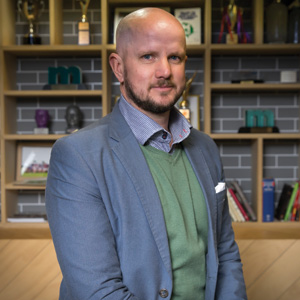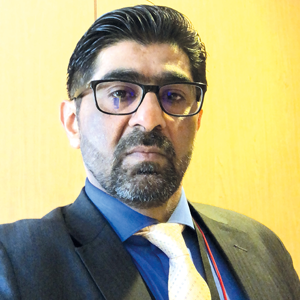THANK YOU FOR SUBSCRIBING

Why Coming 2nd is Better?
Oleg Vishnepolsky, Global CTO at DailyMail Online and Timothy Whitfield, Director, Technical Operations at GroupM


Oleg Vishnepolsky, Global CTO at DailyMail Online
The first mouse gets whacked by a mouse trap. The second one gets free cheese. The history of technology and innovation is littered with dead mice. Who now remembers Mosaic browser, replaced by modern browsers such as Chrome and Safari? Or AltaVista search engine replaced by Google? Or VisiCalc replaced by Lotus 1-2-3 and then Excel? Even the electric bulb was not invented by Edison. He made a critical improvement that made light bulbs commercially viable. Similar has been the case for steam engines, cinema, and mainframe computers, to name a few. Facebook was preceded by Myspace, and Myspace was preceded by Prodigy and AOL personal web pages and chat rooms.
The primary elements of the game of innovation are mass adoption and sustainable advantage. Innovators have to achieve commercial viability, followed by mass adoption and then continue to innovate to protect their initial success. Many fail at the very first step as the case was with light bulb inventors preceding Edison. Much more fail at protecting their success by continued innovation as the case was with Blackberry and AltaVista. The last one is particularly challenging. The initial success leads to a meteoric rise, fast growth, and all the problems that follow-while trying to innovate in a large company.
Innovation is very tricky, and most businesses expect innovation to come from the top. They expect that innovation should be handed down to them on a silver platter from HQ with a road map of exactly how to roll out this new product in the local market. Meanwhile, HQ is so busy herding cats that they don’t have time to innovate and are hoping for some hot-shot in a local office to come up with a new mousetrap.
Companies need to embrace that small piece of innovation that does happen on the fringe and bring it back to HQ and incorporate it into the core product
Most large companies are bad at innovation because they hate failure which is a necessary ingredient of trial and error. Moreover, the companies become slow and bureaucratic, with too many cooks in the kitchen, making it hard to take business decisions. The companies are risk averse because of installing customer base and market pressure on short-term gains.
 Timothy Whitfield, Director, Technical Operations at GroupM
Timothy Whitfield, Director, Technical Operations at GroupM
You can see these problems in the evolution of some companies. When they are small, they make the right decisions - who to hire, what to build, and how to sell. They move fast and innovate rapidly. Then they grow enormous in size. Invariably additional levels of management have to be inserted. With that come stakeholders as well, degrees of separation, and all the issues mentioned above. The Degree of separation is the translation layer through which a message has to travel. It is like a router in computer networks.
Furthermore, people in charge of a company that is going through growth, get used to a single way of working and are unable to constantly change the leadership style that needs to change with every new degree of separation.
Large companies that do well actually fragment their organization into smaller semi-independent units of the right size. Google, Amazon, and WPP are the best examples of that. Thus, we argue, that to continue to innovate, companies must segment out the innovation groups into semi-independent groups to remain small, yet leverage the mass adoption advantage and funding support of a large company.
GroupM is the leading global media investment management operation serving as the parent company to WPP media agencies including Mindshare, MEC, MediaCom and Maxus.
Weekly Brief
I agree We use cookies on this website to enhance your user experience. By clicking any link on this page you are giving your consent for us to set cookies. More info
Read Also












